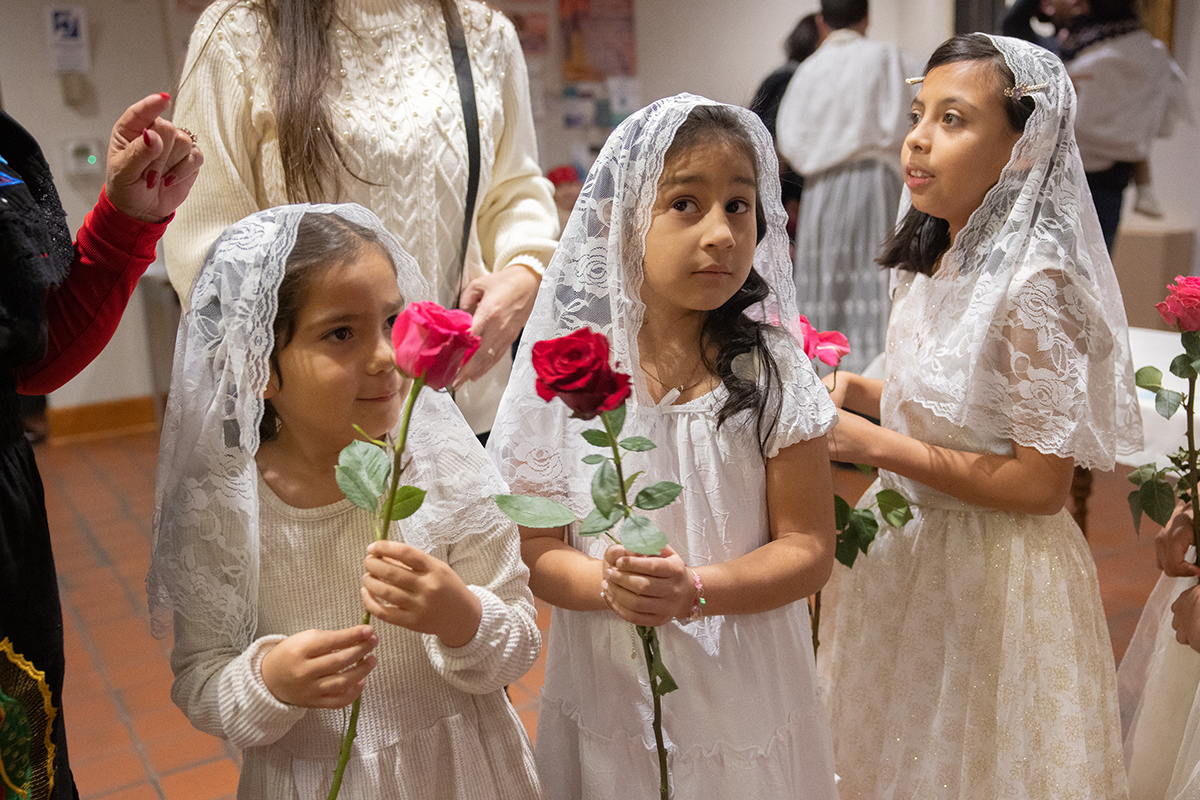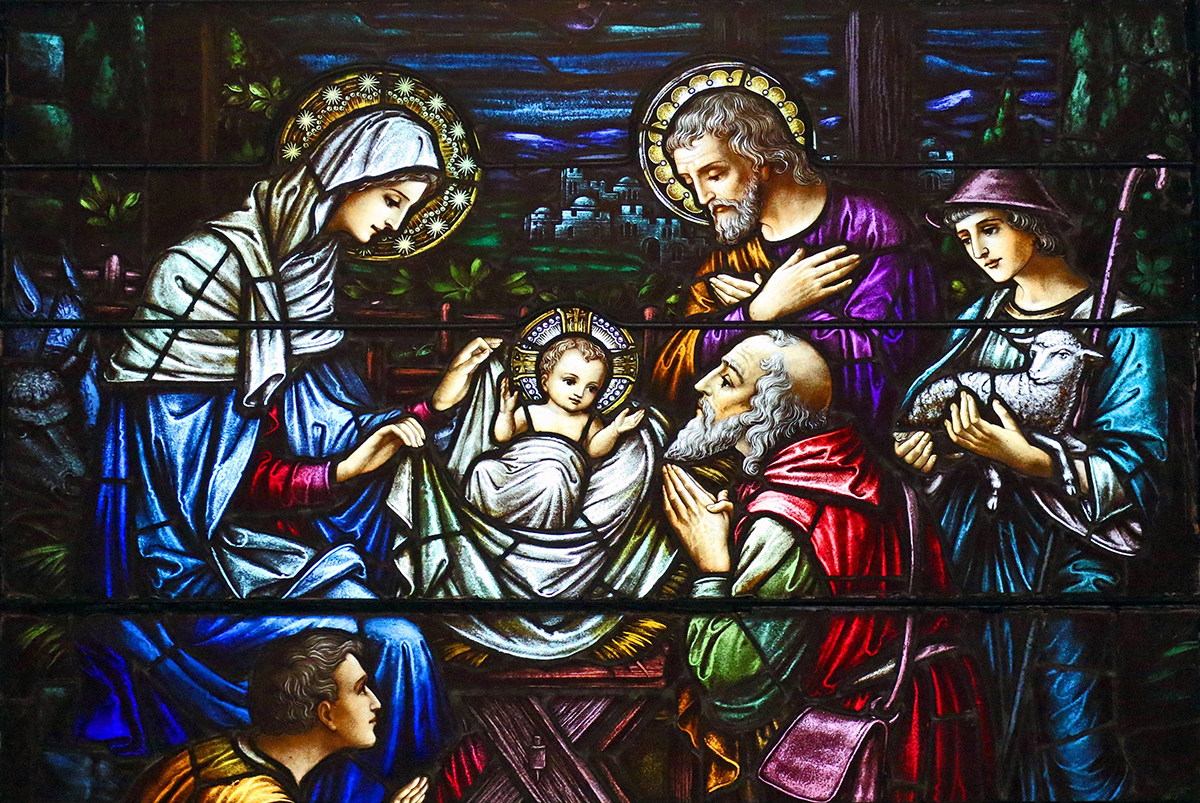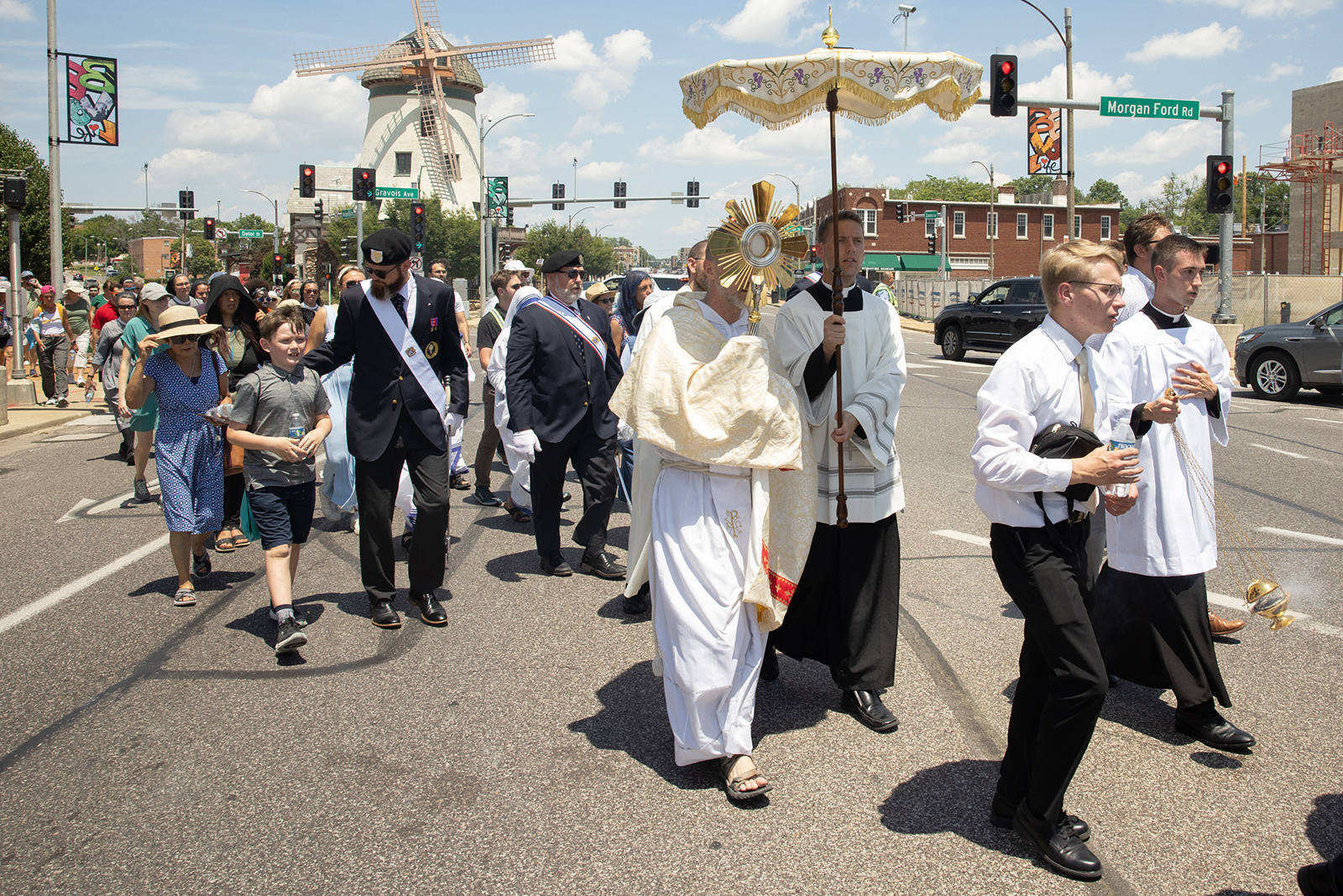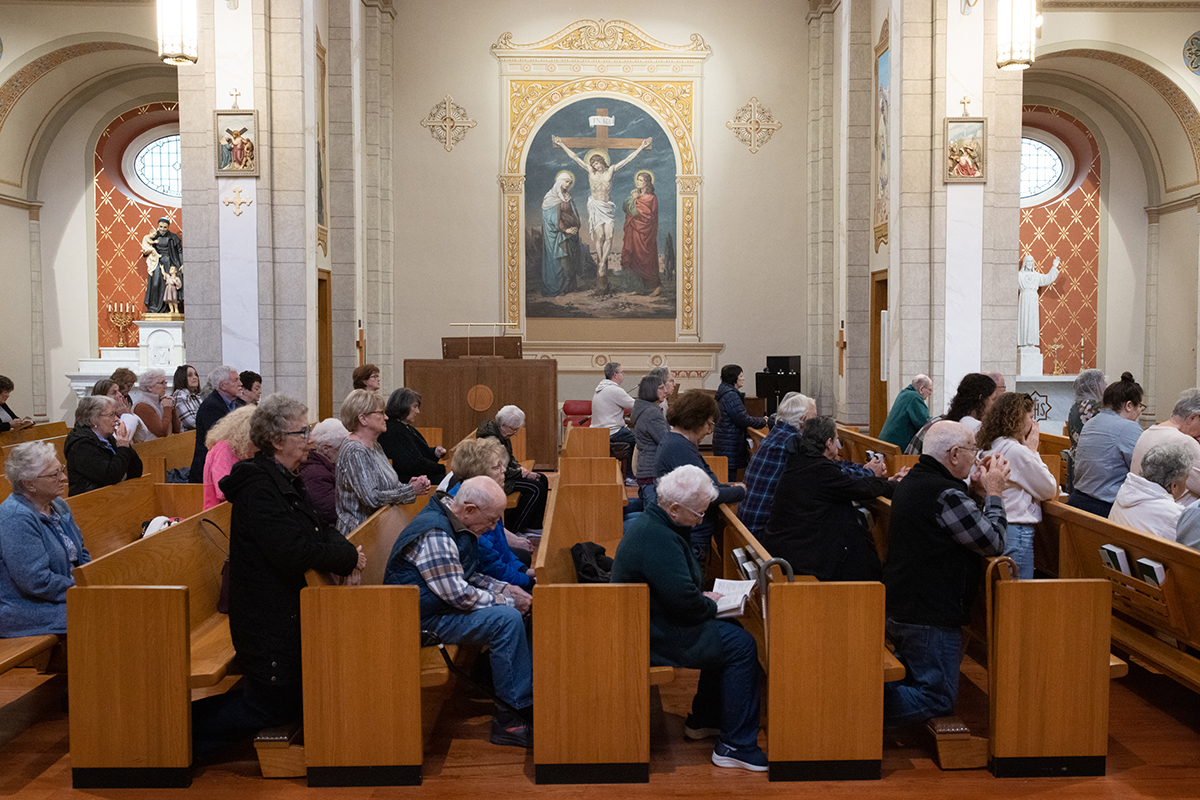Catholics may receive a plenary indulgence in recognition of Nativity anniversary

Plenary indulgence available through Feb. 2 by visiting a Nativity at a Franciscan church
Eight hundred years ago, St. Francis of Assisi brought to life the first known reenactment of the Nativity. Inspired by his visit to Bethlehem in the Holy Land, he staged a live Nativity in Greccio, Italy, in 1223.
To commemorate the anniversary, the Vatican has approved a plenary indulgence to any Catholic who prays before a Nativity scene in a Franciscan church any time now through Feb. 2, the feast of the Presentation of the Lord.
The Franciscan Friars at St. Anthony of Padua Parish in south St. Louis welcomed the news as they anticipate additional visitors during the Christmas season.
“We celebrate the season reflecting on the simplicity and the great poverty and devotion of Jesus,” said pastor Father Jim Lause, OFM. “He was born into a broken world, and in our own brokenness He came to heal us and make us whole. We celebrate His Incarnation at Christmas.”
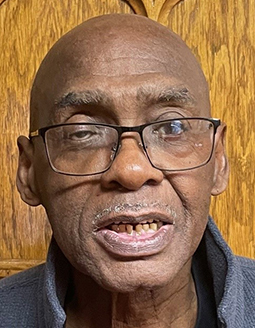
The conditions to receive a plenary indulgence include going to confession and receiving the Eucharist. The faithful also must be in a state of grace, which includes a complete detachment from sin, even venial sin, and must pray for the intentions of the Holy Father (traditionally, one Our Father, one Hail Mary and one Glory Be). A plenary indulgence may only be gained once a day.
Those who are sick or physically unable to visit a Franciscan church may still benefit from the indulgence by offering their sufferings to the Lord or performing practices of piety (Rosary, Stations of the Cross and spiritual reading, among others).
Parishioners at St. Anthony of Padua welcomed the opportunity for an indulgence, adding that it’s a chance to reflect on the mystery of the Incarnation of the Word made Flesh, which St. Francis wanted the common person to experience through the Nativity scene.
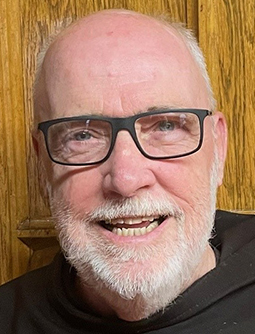
“The Nativity represents God coming into the world for the common man,” Dwight Cartier said. Throughout history, we’ve had kings and queens, whose presence was more of a “top-down” rule; but Christ entering the world as an infant is “bottom-up because that is where hope is needed most,” Cartier said. “Hope had been lost by the common man. This glimmer of hope came in the place that we least would have expected it. He chose the lowest of forms — God became a human being to join with us.”
St. Francis wanted the Nativity to be accessible to all people, said Brother Tom Carroll, OFM. “It started out in the middle of a field, with the local animals and the local people … and he proclaimed the Gospel,” he said.
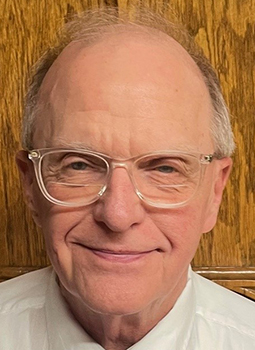
The Nativity also allows us to go beyond the birth of Jesus to look for His presence in others. “The gives me a sense of hope, when you see the other people realize that I am part of this, I am walking with this,” Brother Carroll said. “Jesus didn’t put on any airs. He was one of us.”
St. Francis wanted the Nativity to be a devotional experience to help people meditate on the mystery of the faith. Tom Wokurka said he finds the Nativity an easy way for all to connect with Jesus. “He is stationed in that manger, and there’s nobody He could be separated from,” he said. “He connects to everybody — no exclusions.”
>> What is an indulgence?
According to the Catechism of the Catholic Church, “an indulgence is a remission before God of the temporal (temporary) punishment due to sins whose guilt has already been forgiven” (CCC 1472).
Once a Catholic is forgiven of their sins, there remains a punishment (penance) attached that reflects God’s justice. We may atone for this on earth by performing works of charity or penance or in purgatory after we die. The Church has the authority to grant partial or plenary (full) freedom from this punishment by participating in certain prescribed prayers and actions, either for ourselves or someone else.
The conditions to receive a plenary indulgence include going to confession and receiving the Eucharist. The faithful also must be in a state of grace, which includes a complete detachment from sin, even venial sin, and must pray for the intentions of the Holy Father (traditionally, one Our Father, one Hail Mary and one Glory Be). A plenary indulgence may only be gained once a day.
>> Nativity at St. Anthony of Padua
Catholics may receive a plenary indulgence by visiting the Nativity at St. Anthony of Padua Parish, 3140 Meramec St. in south St. Louis, through Friday, Feb. 2.
The church is open for visitors Monday-Friday from 5:45-7:15 a.m., Fridays from 2-4 p.m., Saturdays from 2-5 p.m. and Sundays from 6:30-11:30 a.m. Mass times are 6:30 a.m. Monday-Friday in the Friar’s Chapel, 4 p.m. Saturday and 7:30 and 10 a.m. on Sunday. The sacrament of reconciliation is available at 3 p.m. on Fridays and Saturdays.
Eight hundred years ago, St. Francis of Assisi brought to life the first known reenactment of the Nativity. Inspired by his visit to Bethlehem in the Holy Land, he staged … Catholics may receive a plenary indulgence in recognition of Nativity anniversary
Subscribe to Read All St. Louis Review Stories
All readers receive 5 stories to read free per month. After that, readers will need to be logged in.
If you are currently receive the St. Louis Review at your home or office, please send your name and address (and subscriber id if you know it) to subscriptions@stlouisreview.com to get your login information.
If you are not currently a subscriber to the St. Louis Review, please contact subscriptions@stlouisreview.com for information on how to subscribe.

